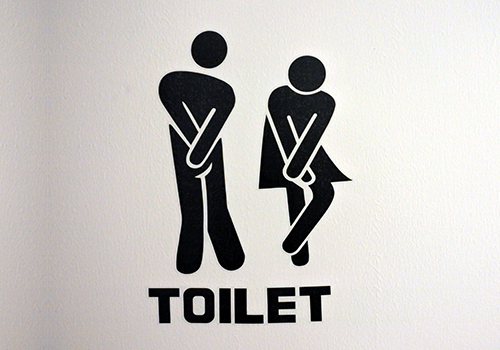Overactive bladder (OAB) is a condition that causes the feeling of sudden and often uncontrollable need to urinate.
Some patients will experience these urges with a full bladder and others with a rather empty bladder. The symptoms can happen during the day and at night. These urges or spasms of the bladder may cause frequency of urination and, at times, leakage of urine. This can cause embarrassment and lead to withdrawal and social isolation. Often people will limit their activities and interactions over concern about frequent bathroom trips and the possibility of leakage.
 There is not one known cause of OAB. Some experience it early in life and others develop the symptoms as older adults. In normal urination the bladder slowly fills triggering a nerve signal to the brain that you need to urinate. When ready to urinate, the brain sends a message to relax the pelvic floor and urinary sphincter muscles. This is followed by a signal for the bladder to contract. However, in OAB the bladder contracts or spasms without warning, which can cause sudden urge to urinate and/or urinary leakage.
There is not one known cause of OAB. Some experience it early in life and others develop the symptoms as older adults. In normal urination the bladder slowly fills triggering a nerve signal to the brain that you need to urinate. When ready to urinate, the brain sends a message to relax the pelvic floor and urinary sphincter muscles. This is followed by a signal for the bladder to contract. However, in OAB the bladder contracts or spasms without warning, which can cause sudden urge to urinate and/or urinary leakage. Nerve Stimulation
Nerve Stimulation
